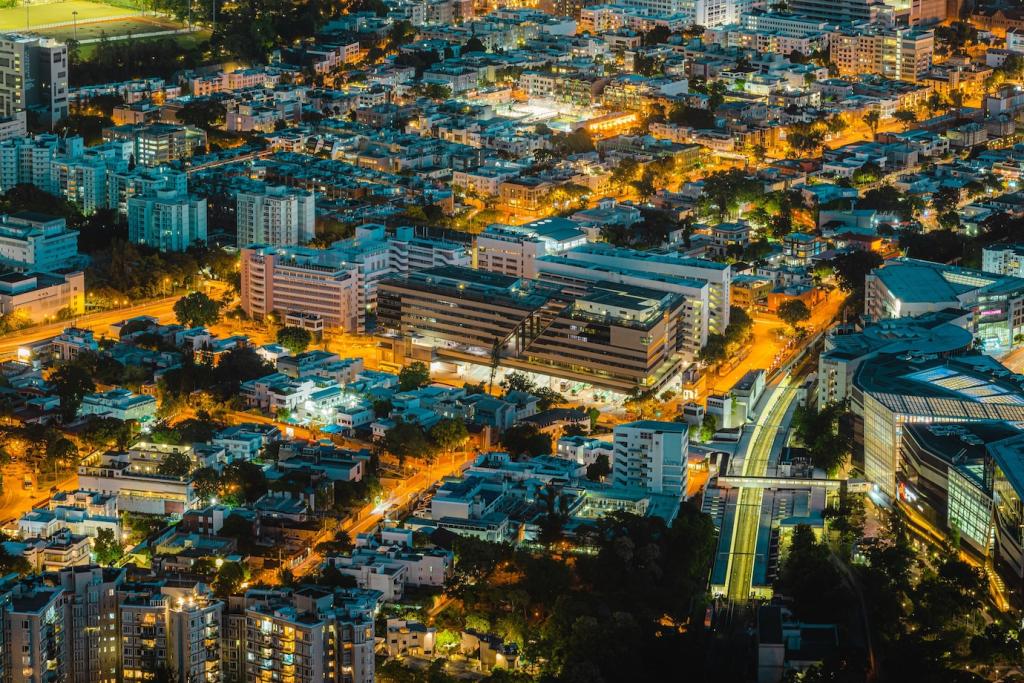Solar Panel Integration in Urban Landscapes
Architectural Innovation and Solar Integration

Adaptive building design refers to the strategic incorporation of solar panels into architectural plans from the earliest stages of development. Architects are not just adding solar panels as an afterthought; instead, they are incorporating them into building facades, canopies, and even window systems. This approach allows for maximum energy generation without detracting from the visual appeal of the structure. By adapting to local environmental conditions, such as sunlight exposure and building orientation, architects can optimize solar potential and contribute to urban sustainability goals.
Regulatory Incentives for Solar Adoption
Local and national governments have introduced a variety of incentives to encourage solar panel integration within urban landscapes. These measures may include tax credits, rebates, feed-in tariffs, and expedited permitting processes. Regulatory support reduces the upfront costs for property owners and makes urban solar projects financially viable. By aligning financial incentives with environmental goals, policymakers drive a higher rate of adoption and foster investment in renewable technologies.
Urban Zoning and Permit Streamlining
Zoning laws and building permit processes can either facilitate or hinder the installation of solar panels. Some cities have revised their zoning codes to allow greater flexibility in solar panel placement, easing restrictions on roof modifications or facade installations. Streamlined permitting processes remove bureaucratic barriers and speed up project timelines. These regulatory improvements are essential for wide-scale urban solar integration, enabling more residents and businesses to participate in renewable energy production.
Collaborative Urban Planning Initiatives
A holistic approach to urban planning encourages collaboration between government agencies, private developers, and community stakeholders. Cities employing comprehensive renewable energy strategies coordinate efforts across departments, integrating solar solutions into broader urban development plans. Such collaboration ensures that solar initiatives complement public transportation, green spaces, and infrastructure upgrades, resulting in cohesive and sustainable cityscapes. These cooperative efforts help to overcome challenges, such as grid connectivity and shading, that might otherwise limit solar viability in urban settings.

Reducing Urban Carbon Footprints
Urban solar installations directly reduce greenhouse gas emissions by displacing energy generated from fossil fuels. Cities, which account for a significant proportion of global energy consumption, are uniquely positioned to make meaningful contributions to climate action through solar adoption. The decrease in carbon emissions improves public health by reducing air pollution, supports global environmental goals, and enhances a city’s reputation for sustainability. Every installation, large or small, adds to the collective impact on urban carbon footprints.

Generating Local Economic Value
Investing in solar energy infrastructure creates a ripple effect of economic benefits. Solar projects generate jobs across multiple sectors, from manufacturing and installation to maintenance and system monitoring. Property owners benefit from reduced electricity costs, while enhanced property values reflect the growing demand for sustainable real estate. Cities that prioritize solar integration can attract green businesses and increase their competitiveness on a global scale, reinforcing the long-term economic advantages of renewable energy.
